Obsessive Compulsive Disorder (OCD) is a mental health condition characterized by persistent, unwanted thoughts or urges (obsessions) and repetitive behaviors (compulsions). In children, OCD can interfere with their daily lives, causing distress and impairing their ability to function at school, home, and social situations. As a parent, it’s essential to recognize the signs and symptoms of OCD in your child and take appropriate action.
Quizzes designed to identify OCD signs in children can be valuable tools for parents who suspect their child may be exhibiting symptoms. Taking a “Does My Child Have OCD?” quiz can assist in determining whether there is a reason to seek further professional evaluation. These quizzes, while not diagnostic tools, can provide valuable insight into the possible presence of OCD in a child and serve as a starting point for conversations with mental health professionals.
Key Takeaways
- OCD can impact children’s daily lives, causing distress and functional impairment
- Taking a quiz can help identify potential symptoms of OCD in your child
- These quizzes are starting points for evaluation, not diagnostic tools
 Understanding OCD in a Child’s Context
Understanding OCD in a Child’s Context
Obsessive-Compulsive Disorder (OCD) is a mental health condition that can significantly impact a child’s daily life. If you suspect your child has OCD, it’s essential to understand the common behaviors and seek help from a mental health professional. Let’s delve deeper into this disorder and its impact on children.
Common Behaviors in OCD Children
OCD in children often manifests through obsessions and compulsions. Obsessions are unwanted, recurring thoughts, images, or ideas that cause anxiety or distress, while compulsions are repetitive behaviors the child feels compelled to perform to relieve anxiety.
Here are some examples of common behaviors you might observe in a child with OCD:
- Excessive cleanliness: Constant hand washing, showering, or cleaning to avoid germs or contamination
- Orderliness: Insistence on arranging items or following routines in a specific order or pattern
- Checking rituals: Repeatedly checking if the door is locked, the stove is turned off, or verifying homework multiple times.
- Hoarding: The inability to discard useless or worn-out items due to the fear of losing something important
- Counting or repeating rituals: Performing certain actions a specific number of times or continuously repeating phrases or words
It’s crucial to note that these behaviors must be time-consuming and cause significant interference in the child’s daily life to be considered a sign of OCD. If you witness these signs in your child, consult with a mental health professional for a comprehensive evaluation and appropriate support. Your awareness and proactive approach can make all the difference in your child’s mental health journey.
 Signs and Symptoms of OCD in Children
Signs and Symptoms of OCD in Children
Typical OCD Compulsions
Children with OCD may display a variety of compulsions, which are repetitive behaviors they feel compelled to perform. Intrusive thoughts often drive these compulsions and can include:
- Excessive hand washing or cleaning: Worries about germs, getting sick, or dying may lead a child to wash their hands or clean other items more often than necessary.
- Ordering or arranging objects: Children may need to arrange items in a specific way, such as lining up toys or organizing books alphabetically.
- Checking rituals: A child might check things repeatedly, such as making sure doors are locked or that appliances are turned off.
- Repeating actions or words: Repetitive actions, like tapping a certain number of times or repeating words or phrases, can be a common compulsion for children with OCD.
Intrusive OCD Thoughts
Intrusive thoughts are unwanted, distressing thoughts that can be a significant part of OCD in children. These thoughts can be persistent and interfere with daily life. Common intrusive thoughts seen in children with OCD may include:
- Fear of harm or bad things happening: Children might have excessive worries about their safety or the safety of loved ones, leading to anxiety and the need to perform compulsive behaviors to alleviate these fears.
- Unwanted violent or aggressive thoughts: Some children may experience disturbing thoughts or images related to hurting others, causing distress and potentially leading to compulsions as a way to neutralize these thoughts.
- Inappropriate or sexual thoughts: Children with OCD can also experience intrusive thoughts of a sexual nature, which can be distressing for them and their families.
Knowing these signs and symptoms, you can better understand if your child might be experiencing OCD. Remember, it’s essential to reach out to a mental health professional for an accurate diagnosis and appropriate treatment if you suspect your child may have OCD.
 Age and Developmental Factors
Age and Developmental Factors
When talking about Obsessive-Compulsive Disorder (OCD) in children, it’s essential to consider age and developmental factors. This section covers how OCD affects adolescents and younger children.
OCD in Adolescents
Adolescence is a critical period of transition and growth, and it’s not uncommon for teens to develop some obsessive or compulsive behaviors. However, it’s important to recognize when these behaviors might be indicative of a more severe issue like OCD. In adolescents, some common symptoms of OCD may include:
- Excessive washing or cleaning
- Repeatedly checking things (like locks or homework)
- Fear of contamination (such as from germs, dirt, etc.)
- Intrusive thoughts about harm to oneself or others
If your teenager exhibits these signs or other unusual behaviors, consider seeking a professional evaluation. Early intervention can lead to a more effective treatment plan.
OCD in Younger Children
OCD can manifest in different ways within younger children, but some common signs to watch for include:
- Excessive hand-washing or cleaning rituals
- Persistent fear of losing important items
- Magical thinking (believing that their thoughts or actions can prevent harm)
- Excessive reassurance-seeking from parents or caregivers
While some of these behaviors may seem typical for young children, the intensity or persistence of the behaviors can signal a potential issue with OCD. In such cases, it’s important to consult with a pediatric mental health professional to discuss your concerns and seek appropriate support.
Remember, identifying OCD early can make a significant difference in your child’s life. Monitoring your child’s behavior for age-appropriate developmental milestones, and staying informed about potential signs of OCD, can help you provide the necessary support and intervention if needed.
 Potential Triggers and Stressors
Potential Triggers and Stressors
School and Homework Related Stress
It’s typical for school and homework to cause stress in children. This stress can sometimes contribute to OCD symptoms. Factors that may increase stress include:
- Academic pressure: Upper-level classes, complex subjects, and tests can become sources of stress in a child’s life.
- Social stress: Bullying, peer pressure, and friendship issues can significantly impact your child’s emotional well-being.
- Time management: Balancing school, extracurricular activities, and personal time can overwhelm some children.
To help your child cope with these stressors, consider the following strategies:
- Encourage open communication about their feelings and experiences.
- Establish a routine for homework, relaxation, and self-care.
- Advocate for your child’s needs at school, ensuring they receive appropriate support and accommodations.
 Fear and Anxiety Triggers
Fear and Anxiety Triggers
Fear and anxiety can act as triggers for OCD symptoms in children. Some common fears and anxieties include:
- Phobias: Intense, irrational fears of specific objects or situations can lead to anxiety and trigger OCD symptoms.
- Separation anxiety: Some children experience anxiety when away from their primary caregivers, which may lead to obsessive thoughts and compulsive behaviors.
- Existential anxiety: Children may worry about death, illness, or the meaning of life, resulting in anxiety that drives obsessive and compulsive behavior.
To support your child in managing their fears and anxieties, consider the following tips:
- Validate their emotions but encourage them to face fears gradually, building coping strategies and resilience.
- Create a safe space where they can express their emotions without judgment.
- Consult with a mental health professional for guidance if necessary.
Remember that understanding potential triggers and stressors in your child’s life is essential in determining if they may have OCD. By addressing these factors, you can provide the appropriate support and care for your child.
Co-existing Disorders and Conditions
 Anxiety Disorders
Anxiety Disorders
Anxiety disorders often co-exist with Obsessive Compulsive Disorder (OCD) in children. In fact, until recently, OCD was classified as an anxiety disorder in the DSM-5. It’s essential to be aware of this overlap, as it can impact the way your child’s OCD symptoms manifest and help you better understand their emotional experiences. Common anxiety disorders in children with OCD can include Generalized Anxiety Disorder (GAD), Social Anxiety Disorder, and Panic Disorder.
Tourette Syndrome and Tic Disorders
Tourette Syndrome and Tic Disorders are another set of conditions that can co-occur with OCD in children. Tourette Syndrome is characterized by multiple motor tics and at least one vocal tic, while Tic Disorders involve either motor or vocal tics, but not both. These tics may manifest as rapid eye-blinking, shoulder shrugging, or repetitive throat clearing. It’s not uncommon for children with OCD to also exhibit tics, so be aware of any unusual physical movements your child may display alongside their OCD behaviors.
Autism Spectrum Disorder
Autism Spectrum Disorder (ASD) is a developmental disorder that can also co-exist with OCD in children. ASD affects social interaction, and communication, and may include restrictive and repetitive behaviors. Although OCD and ASD might present some overlapping symptoms, such as repetitive behavior, the critical difference lies in the intent behind these actions. Children with OCD perform repetitive behaviors to eliminate intrusive thoughts or reduce anxiety, while those with ASD may do so due to sensory or self-regulatory needs.
Remember that co-existing disorders can affect how your child experiences and manages their OCD. By understanding these conditions, you’ll be better equipped to support your child and seek appropriate help from professionals.
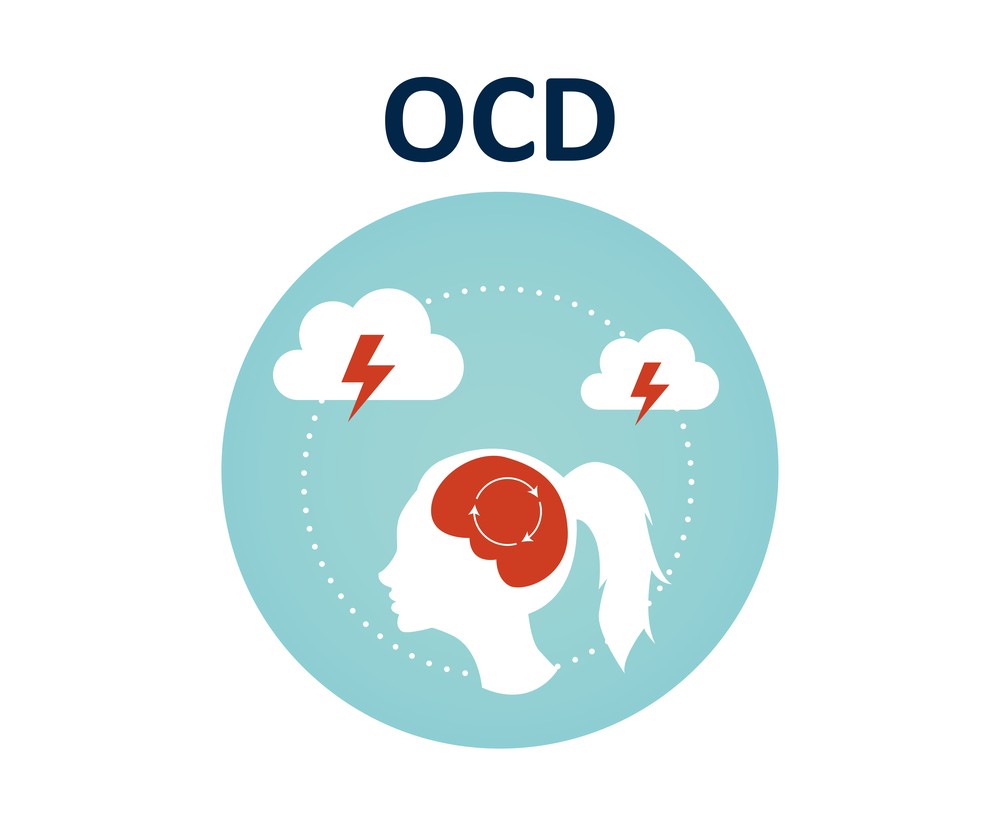
Taking the OCD Test
It’s natural for parents to be concerned about their child’s well-being, and if you think your child might have Obsessive-Compulsive Disorder (OCD), taking an online test can help you determine whether seeking professional help for a proper evaluation is needed.
Several online resources offer OCD tests for children specifically:
- OCD Test For Children: This online test is designed to help parents identify possible OCD symptoms in their children and get immediate results. The sooner OCD is identified, the sooner treatment can begin.
- ADDitude: ADDitude magazine offers a self-test for OCD in children, with questions focused on repetitive behaviors and intense preoccupations that may be signs of the disorder. It’s a quick screening tool that can guide you on whether to see a professional.
- OCD Center of Los Angeles: This center provides a free and confidential test to help you assess whether your child exhibits signs of OCD. You can check applicable items and email the test to them for further assistance.
To make the most out of these tests, consider these tips:
- Answer the questions honestly and based on your child’s current behavior.
- Don’t be alarmed if your child exhibits some behaviors described in the test; some might be temporary or age-appropriate.
- Remember that these online tests are not diagnostic tools – they can provide helpful information, but consulting a professional is crucial if you suspect your child has OCD.
Key takeaway: Online OCD tests can be a helpful starting point if you think your child might have the disorder. Ensure to answer questions honestly and seek professional assistance for a proper evaluation.
 Methods of Diagnosis
Methods of Diagnosis
When trying to determine if your child has obsessive-compulsive disorder (OCD), there are a few primary approaches you can follow. In this section, we’ll explore two main methods: consulting a medical professional and using the Diagnostic and Statistical Manual of Mental Disorders (DSM).
Consulting a Medical Professional
The first and most crucial step in diagnosing OCD in your child is to consult a medical professional, such as a pediatrician, psychologist, or psychiatrist. These professionals have the skills and experience necessary to assess your child’s symptoms and determine if they are consistent with OCD. A few things to keep in mind when consulting a medical professional:
- Be prepared to discuss your child’s symptoms, how frequently they occur, and any potential triggers.
- Don’t be afraid to ask questions about the diagnostic process or for recommendations on further assessments.
- Remember that early intervention is critical to help your child manage their OCD and develop healthy coping strategies.
- It might be necessary to consult more than one professional to get a comprehensive understanding of your child’s condition.
Using the Diagnostic and Statistical Manual
In addition to seeking professional help, you may want to familiarize yourself with the Diagnostic and Statistical Manual of Mental Disorders (DSM), which is the primary tool used by mental health professionals to diagnose various disorders, including OCD. While you should not attempt to diagnose your child on your own, understanding the criteria laid out in the DSM can help you better communicate with professionals and recognize patterns in your child’s symptoms. Some key points to keep in mind when exploring the DSM:
- To be diagnosed with OCD, your child must exhibit both obsessions (persistent and intrusive thoughts) and compulsions (repeated, ritualistic behaviors).
- These symptoms must cause significant distress or impairment in their daily life.
- Symptoms can’t be linked to another psychiatric disorder or medical condition, nor can they be a side effect of medications or substances.
Key Takeaway: To diagnose your child for potential OCD, consult a medical professional and familiarize yourself with the Diagnostic and Statistical Manual of Mental Disorders (DSM) to gain a better understanding of the symptoms and criteria used by professionals in the diagnosis process. Remember to keep communication open, ask questions, and seek multiple opinions to ensure your child receives the most accurate diagnosis and support possible.
Treatment Options
 Cognitive Behavioral Therapy
Cognitive Behavioral Therapy
Cognitive Behavioral Therapy (CBT) is a widely recommended treatment for children and adolescents with OCD. This therapy helps your child identify and challenge their obsessive thoughts, ultimately learning healthier coping mechanisms. CBT is designed to change negative thoughts into more positive, effective ways of thinking, leading to better behavior.
A trained psychiatrist or psychologist will typically administer CBT sessions, working closely with your child to develop personalized strategies to manage and overcome their OCD symptoms. Regular sessions may be required depending on the severity of your child’s condition.
Medication Treatment
In some cases, medication may be prescribed as a treatment option for managing OCD symptoms in children. Selective Serotonin Reuptake Inhibitors (SSRIs) are a common type of medication used to help regulate mood and manage anxiety in OCD patients. Common SSRIs include:
- Zoloft (sertraline)
- Prozac (fluoxetine)
- Luvox (fluvoxamine)
Please consult your child’s psychiatrist or psychologist before starting any new treatment or medication. They can provide a comprehensive evaluation of your child’s individual needs and offer professional guidance on the most effective treatments.
Key Takeaway: Two effective treatment options for children with OCD are Cognitive Behavioral Therapy (CBT) and medication treatment with SSRIs. Consult with a mental health professional to determine the best approach for your child’s specific situation.
Supporting Your Child with OCD
Having a child with OCD can be challenging, but with the proper support from family and friends, it’s possible to help them manage their symptoms effectively. In this section, we’ll explore strategies you can implement at home to support your child and ease their struggles.
Creating Symmetry and Order at Home
A key aspect of OCD is the need for order, symmetry, and routines. If your child is struggling with these needs, here are some ways you can support them in their pursuit of order:
- Maintain a clean and organized home: This will not only help your child feel more comfortable, but it may also reduce their anxiety and compulsive behaviors. Make it a family effort by involving your child in organizing their belongings and spaces.
- Establish routines: Creating daily routines can provide your child with a sense of predictability and stability, which can alleviate their anxiety. Remember that their routines should be flexible to avoid enforcing rigid behaviors.
- Be patient: It’s important to remember that it may take time for your child to find the perfect balance in their routines. Offer support and encouragement without being overly critical or controlling.
Effective Reassurance Techniques
It’s natural to want to reassure your child when they’re feeling anxious or overwhelmed by their OCD symptoms. However, excessive reassurance can inadvertently fuel their compulsions. Here are some tips for offering adequate reassurance:
- Encourage coping strategies: Instead of simply providing reassurance, try to help your child develop coping mechanisms. This can involve deep breathing exercises, visualization techniques, or other mindfulness practices.
- Limit reassurance: Set healthy boundaries around reassurance and encourage your child to rely on themselves for soothing. You may limit reassurance to a specific number of times per day or only offer it in certain situations.
- Offer support: Remind your child that you’re there for them without necessarily providing reassurance. Sometimes, knowing that a trusted adult understands and is available to help can be enough comfort for your child to face their fears.
Remember, creating a supportive environment at home can go a long way in helping your child effectively manage their OCD symptoms. By incorporating these strategies into your daily life, you can help your child feel more secure and better equipped to cope with their challenges.
Frequently Asked Questions
What signs indicate OCD in a child?
Several signs might indicate OCD in a child:
- Obsessive thoughts: Persistent, unwanted thoughts, ideas, or images that cause distress.
- Compulsions: Repetitive behaviors or rituals, such as handwashing, that the child feels compelled to perform.
- Interference with daily life: If a child’s OCD symptoms are causing anxiety and taking up significant amounts of time, this could indicate they have the disorder.
Keep an eye out for any changes in your child’s behavior that may signal the onset of OCD.
At what age does OCD typically begin?
OCD can develop at any age, but it typically begins around pre-adolescence or early adolescence, between ages 10 and 12. However, it is not uncommon for OCD to present in younger children or even adults.
What are the top 3 symptoms of OCD?
Three common symptoms of OCD are:
- Persistent, unwanted thoughts (obsessions) that cause anxiety and distress.
- Repetitive behaviors (compulsions) are performed to reduce the anxiety caused by these thoughts.
- Significant interference in daily life due to the time, energy, and anxiety associated with the obsessions and compulsions.
Remember that symptoms can vary widely, and it’s essential to consult with a mental health professional for a proper assessment.
What is the screening procedure for childhood OCD?
Screening for childhood OCD generally involves the following steps:
- Observation: Note any changes in your child’s behavior or the presence of obsessions and compulsions.
- Consultation with a mental health professional: Discuss your observations and concerns to help determine whether an OCD evaluation is warranted.
- Evaluation: A licensed mental health professional will conduct a more in-depth assessment using standardized questionnaires and interviews to establish a diagnosis.
Early intervention is critical, so don’t hesitate to ask for help if you have any concerns.
How is OCD triggered in children?
The exact causes of OCD in children are not well understood, but it’s thought to involve a combination of genetic, environmental, and psychological factors. Specific triggers might include:
- Family history: OCD could have a genetic component and be more likely to develop if a close family member has the disorder.
- Stressful events: Major life changes, traumatic experiences, or significant stress can trigger or exacerbate OCD symptoms.
- Brain chemistry: Imbalances in neurotransmitters, such as serotonin, could contribute to OCD development.
It’s essential to be supportive and understanding as your child navigates the complexities of OCD.
Is there a test specific for teenage girls with OCD?
While there isn’t a test specifically for teenage girls with OCD, most assessments for OCD can be adapted for age and gender. The evaluation process may include standardized questionnaires and interviews designed to capture symptoms and their impact accurately. A mental health professional will consider factors such as age, gender, and developmental stage when diagnosing and developing a treatment plan.
Keep in mind that early intervention can significantly improve the outcome for your teenager, so don’t hesitate to seek help if you suspect they might have OCD.
About Jacob Maslow
After surviving the traumatizing events of 9/11, I took it upon myself to heal through helping others. I’m the primary caregiver of my children and understand from first-hand experience the lonely paths you have to walk as a partner and parent when leaving an unhealthy relationship.
We’re all echoing in a dark space that doesn’t have to be this empty, and that’s been my mission since finding solace and recovery in therapy: To help comfort others who are still in shock and at the prime of their struggle.
I came across BetterHelp after searching for this type of community. I wanted to belong to a body of proactive therapists and supportive therapy veterans that allowed me to see other sides of the story.
It was unconventional, and that’s what attracted me most. During my most challenging times, when my ex-wife completely cut me off from my children, I found comfort and clarity through BetterHelp.
Instead of being chained to a strict therapist recommendation, I was in charge of who I felt understood my struggle most. That allowed me to find my true peace, as I was reunited with those who read behind my words and had first-hand experience with my trauma.
Recovery is a choice; with BetterHelp, that choice will be a few clicks away. You can join their couples-oriented platform, Regain.us, for those stuck with family estrangement and toxic relationship patterns.
- Is Programming a Stressful Job? - February 21, 2024
- Best Sleeping Positions For Sleep Apnea: How To Improve Your Sleep Quality - February 21, 2024
- Stress vs Anxiety: Understanding the Key Differences - February 19, 2024
This site contains affiliate links to products. We will receive a commission for purchases made through these links.


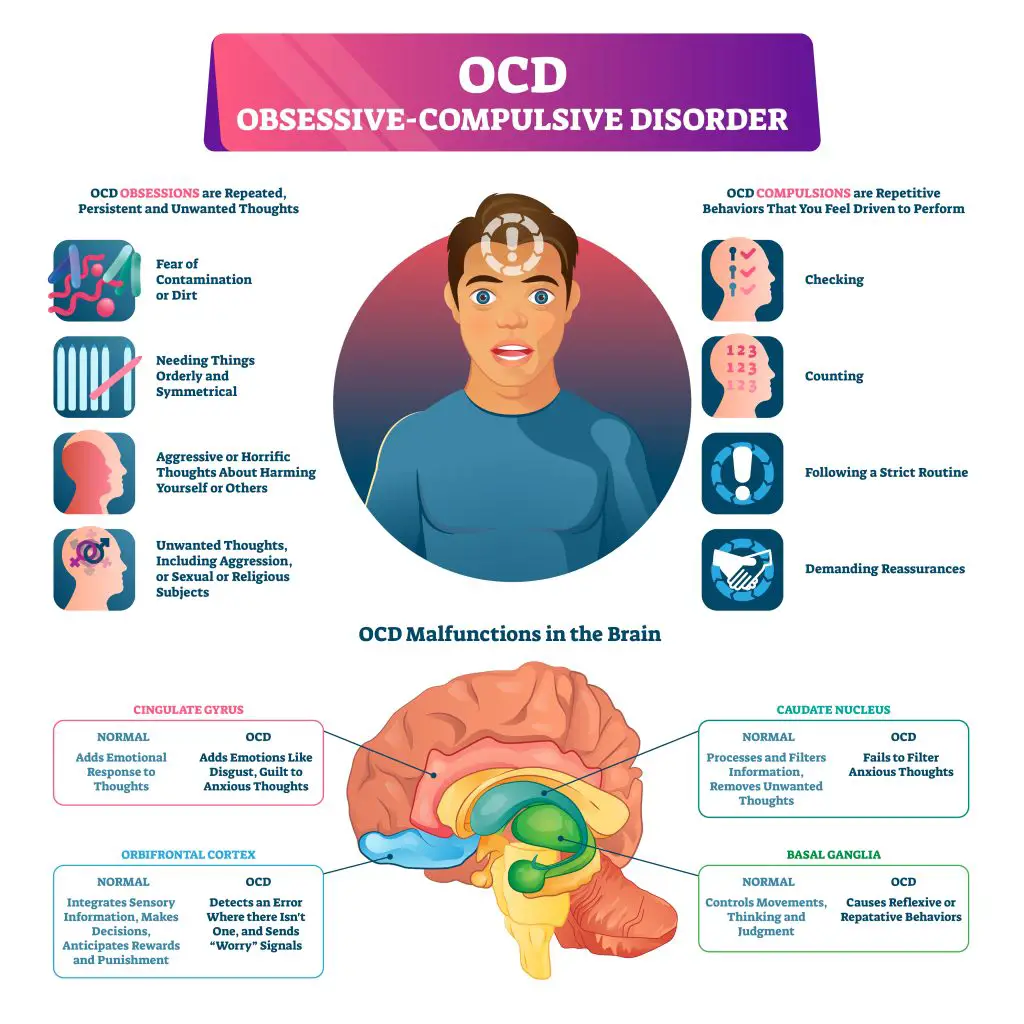 Understanding OCD in a Child’s Context
Understanding OCD in a Child’s Context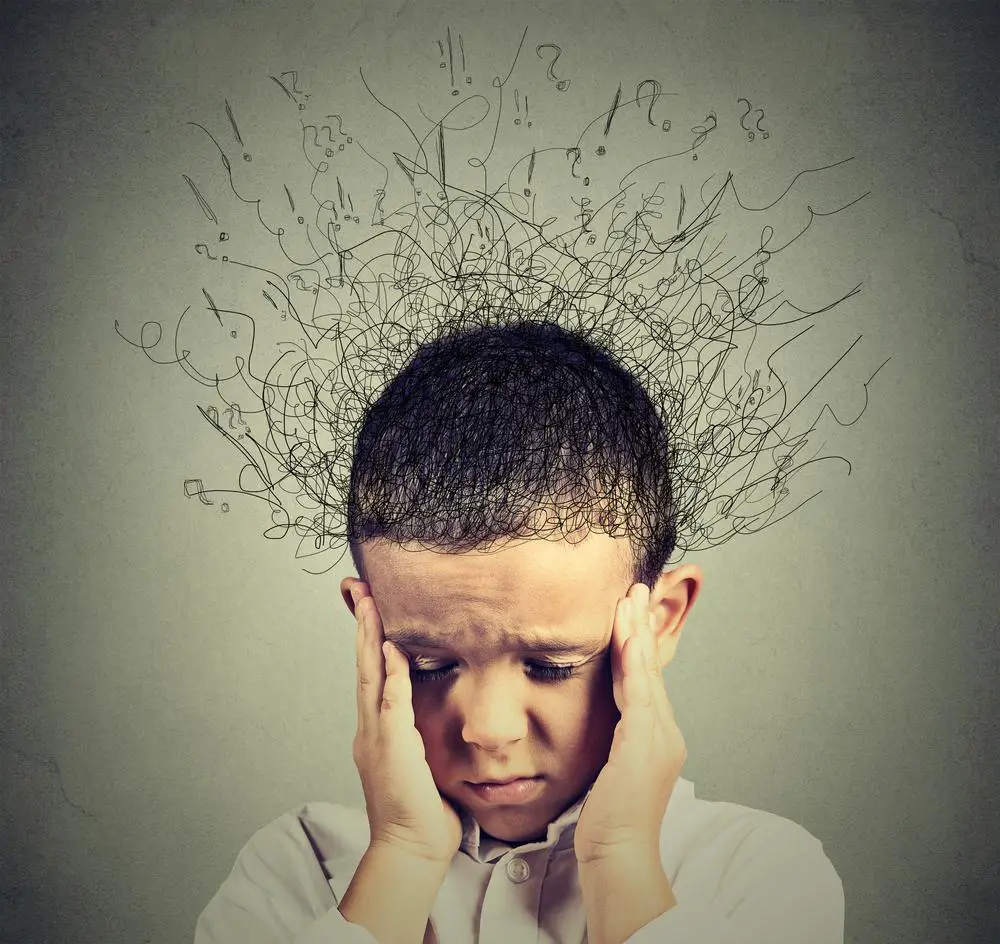 Signs and Symptoms of OCD in Children
Signs and Symptoms of OCD in Children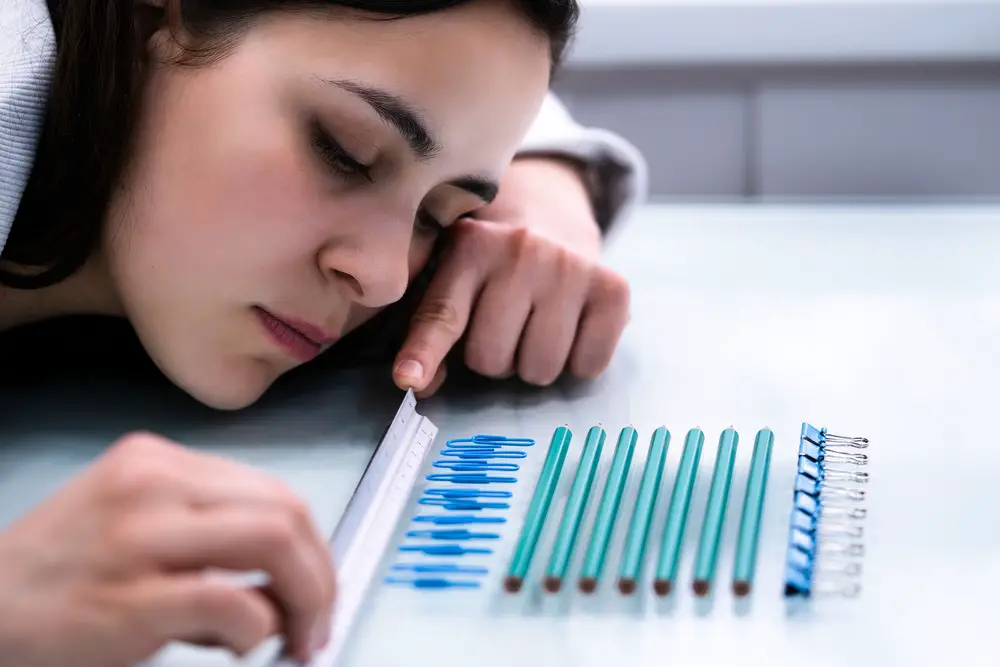 Age and Developmental Factors
Age and Developmental Factors Potential Triggers and Stressors
Potential Triggers and Stressors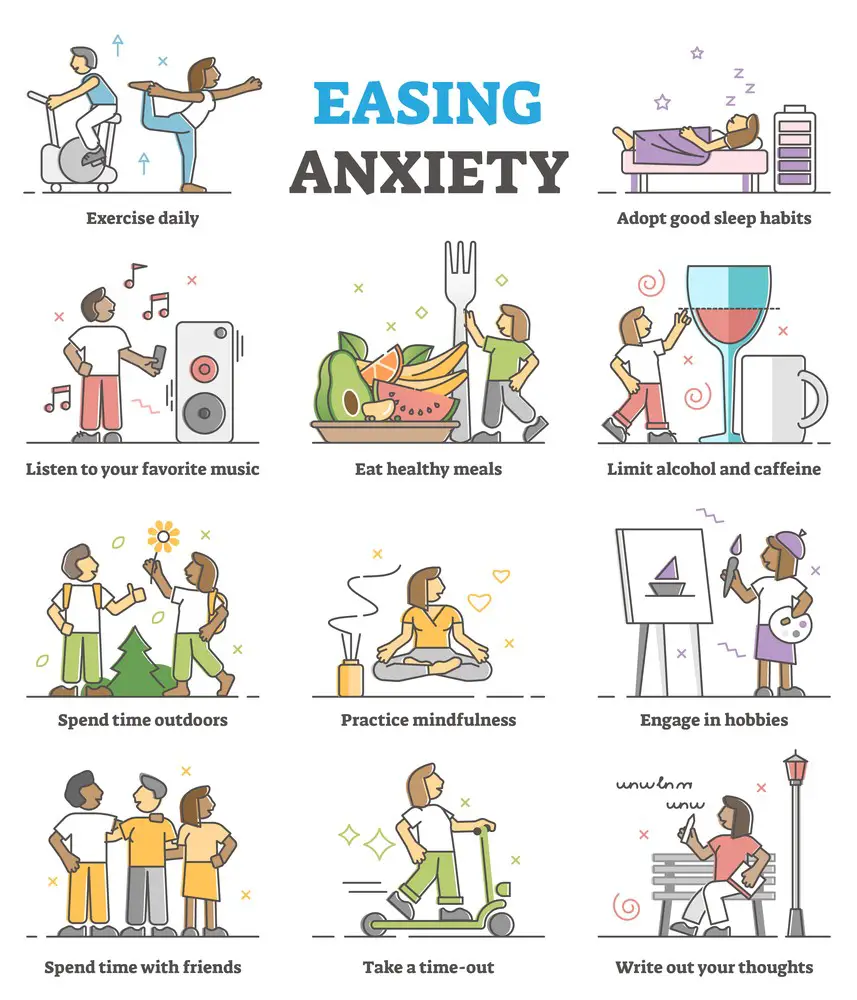 Fear and Anxiety Triggers
Fear and Anxiety Triggers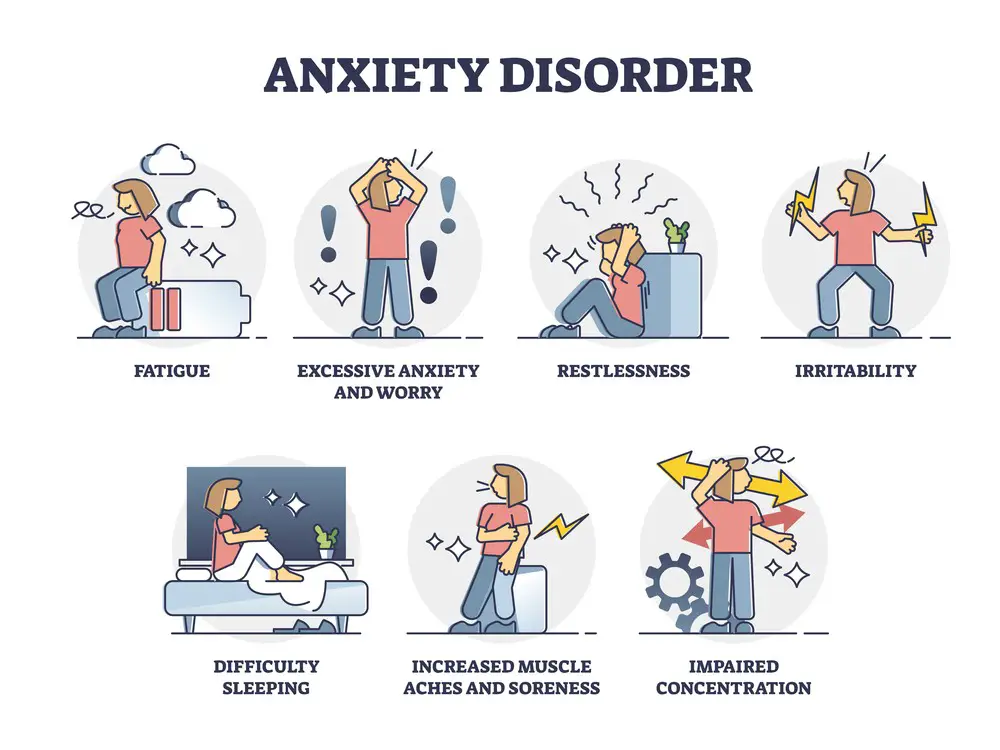 Anxiety Disorders
Anxiety Disorders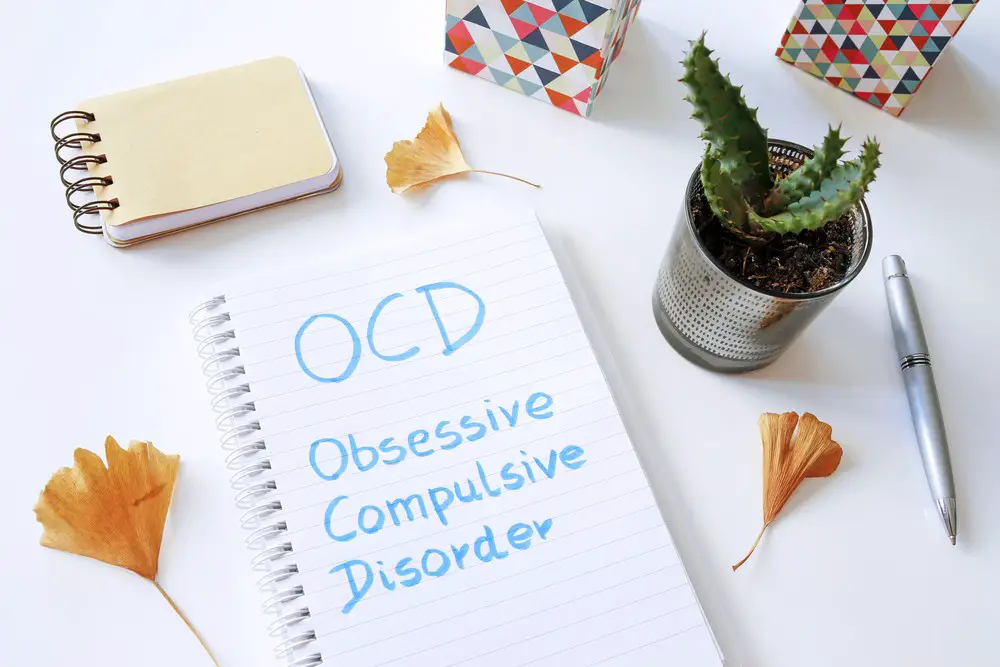 Methods of Diagnosis
Methods of Diagnosis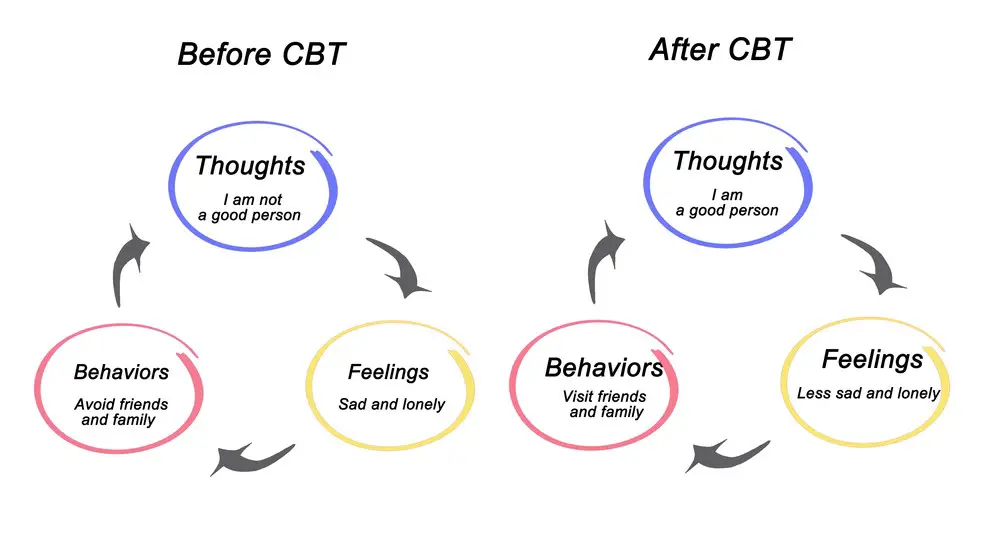 Cognitive Behavioral Therapy
Cognitive Behavioral Therapy
